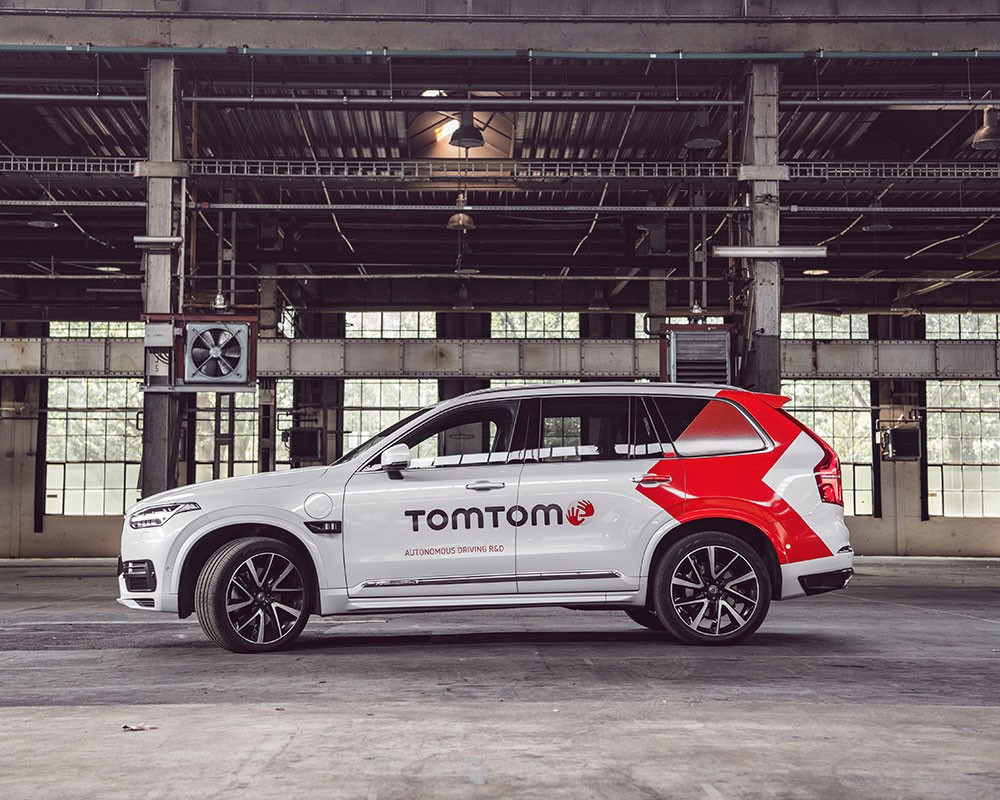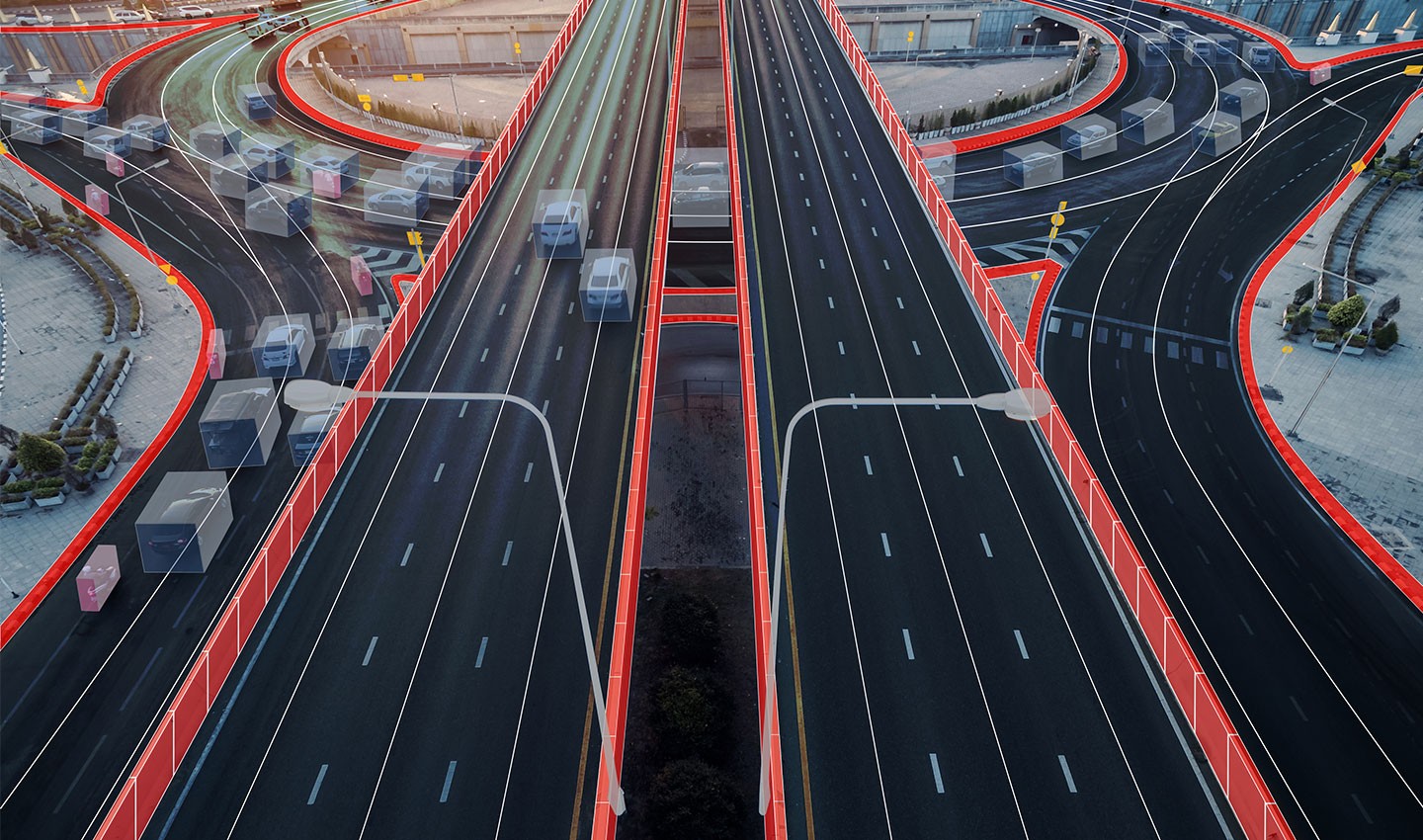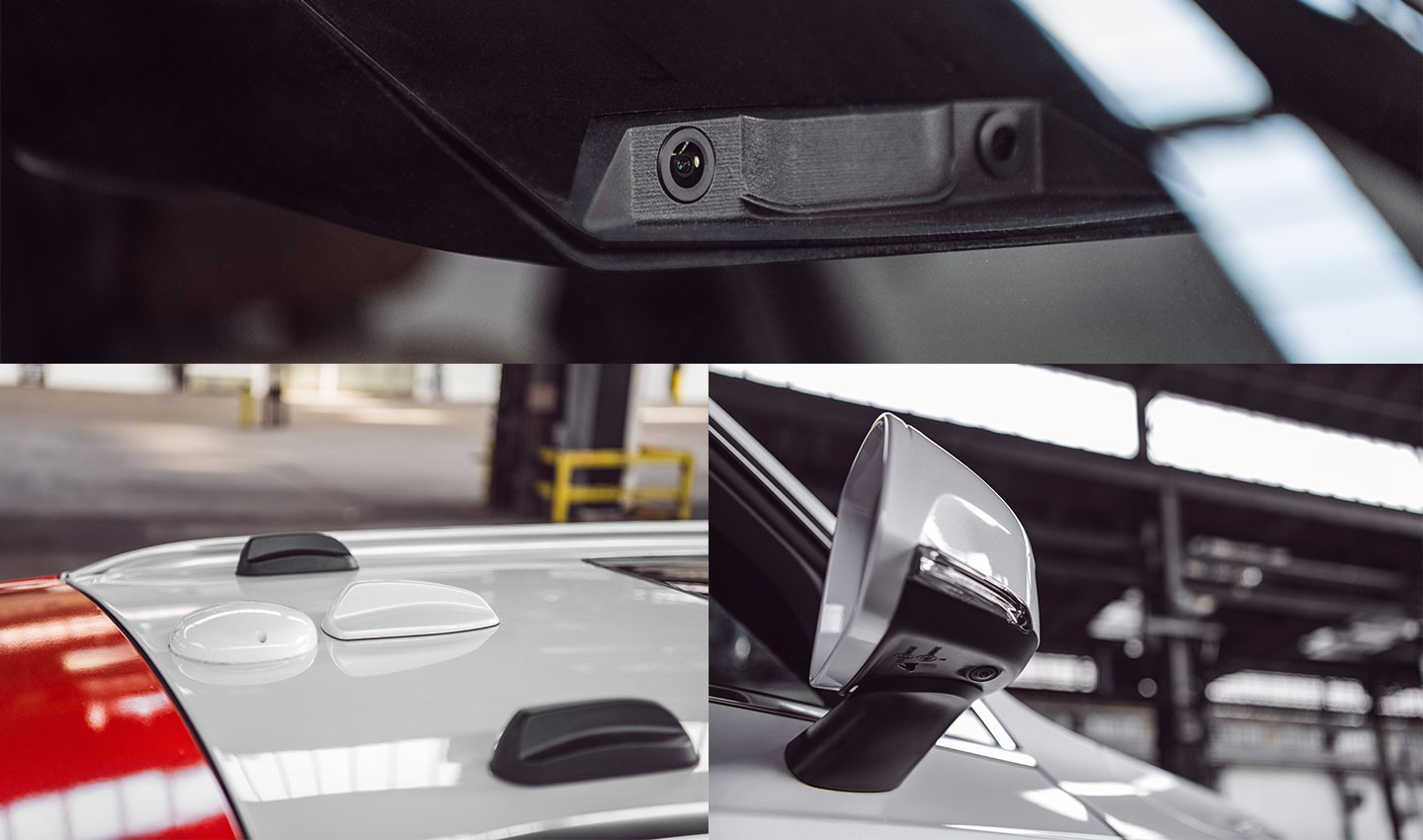How does TomTom’s self-driving test car help developers make better HD maps?
&w=256&q=90)

As we move towards an autonomous future, industry analysts agree that HD maps are essential for safe and comfortable autonomous driving. At TomTom, we are using our own test vehicle to evaluate and perfect the TomTom HD Map.
What lies ahead?
Scientists and engineers have “what lies ahead” deep-rooted in our DNA. And that is especially – not to mention, literally – true for those of us working on self-driving car technology. For autonomous vehicles to operate safely, comfortably and consistently at Level 3 autonomy and above, the car must know what to expect around the next bend.
To test our self-driving car technology, we have engineered our very own TomTom autonomous car: Trillian.

Trillian, TomTom’s autonomous driving test vehicle.
Hitting the road with TomTom’s autonomous driving test car
Imagine a autonomous test vehicle traveling the streets of Berlin with a specially trained safety driver and a software engineer aboard, at all times. We plan to use the knowledge gained from testing our technology to further hone the services we are developing to make autonomous vehicles (AV) work.
Almost everyone involved in autonomous driving research and development believe that high-definition (HD) maps are a critical component for safe, effective and efficient autonomous driving. Based on years of dedicated research, we at TomTom wholeheartedly agree.
HD maps provide, in great detail, a precise view of the roadway’s features. They are among several overlapping capabilities – including cameras, radar and lidar – that provide the redundancies necessary for an AV to complete its journey. Without maps, autonomous driving will be harder to execute and not nearly as safe.
Trillian needs to think smarter and faster than everyone else on the road, so we developed TomTom AutoStream to continually deliver the most recent and relevant HD Map data from the cloud. When something on the road environment changes, no matter how small, we want Trillian to be the first to know.
Our HD Maps are being used by multiple global carmakers for deployment in their vehicles and we plan to use our customized test vehicle to reveal to our developers exactly what we have done – and what we are capable of. Taking it for a spin – make that, thousands of spins – will accelerate feedback cycles and offer us insights that will inform our research.

The TomTom HD Map makes autonomous driving safer.
Trillian: a look inside TomTom's autonomous driving test car
Trillian is a computer geek’s dream. It is equipped with eight laser scanners, two mono cameras, a stereo camera and six radars. This wide array of technologies allows us to test numerous sensor configurations. Plus, we’ll get a 360-degree view of how the vehicle operates on real roadways, and whether it – with the aid of the TomTom HD Map and related software – can precisely locate itself and navigate accordingly.

Trillian is equipped with HD Maps, as well as laser scanners, cameras and radars.
Doing so requires a different type of digital map than human drivers are using today. Indeed, a new generation of maps is being built purposely to be used by machines. That is what we are creating in the TomTom HD Map, which is a highly accurate representation of the road and its surrounding environment – such as lane models, traffic signs and signals, poles, lane geometry, and other features.
HD maps are all about specificity. While basic topology may be all that a human driver requires to navigate, HD maps fill in the gaps required for a machine to steer a car. With it, an autonomous vehicle sees far beyond its sensors and cameras and makes smarter decisions much more efficiently. With accuracy to a few centimeters, our maps can help a self-driving car precisely locate itself on the road, longitudinally and laterally; send information from sensors to vehicle systems and immediately take action. To move or stop. Accelerate or brake. Swerve or bear straight ahead.
After every drive, the TomTom car will send data and insights to TomTom’s autonomous driving development team. Our test vehicle will confirm the degree to which HD maps are complementary to essential autonomous driving technologies such as lidar and radar. It’s another critical piece of information to ensure we will provide the vehicle with enough data to fully understand the situation, detect any new or missing information and adapt its behavior, just like a human driver.
Our team is excited that our autonomous vehicle testing will occur in Berlin, the largest city in Germany and a vast metropolis with 3.5 million residents. Navigating thoroughfares and high streets, and sharing space with motorists, cyclists, and pedestrians, will give us a much more nuanced understanding of high definition mapping than is typically gleaned from highspeed and more predictable highway driving.
With the TomTom HD Map, we have another piece of information to augment the car’s perception of what is happening on the road. It helps anticipate what will happen next. Do I need to start braking? How steep is the hill going to be? Is there a traffic light around the next curve?
What lies ahead, exactly?
With the new Trillian, TomTom’s autonomous test vehicle, we’re about to find out.
Want to know more about HD maps?
If you want to know how TomTom HD Maps are paving the way for autonomous driving, learn more on our product page.
People also read
)
How does artificial intelligence improve mapmaking?
)
What are the six levels of autonomous driving?
)
How do HD maps extend the vision of autonomous vehicles?
* Required field. By submitting your contact details to TomTom, you agree that we can contact you about marketing offers, newsletters, or to invite you to webinars and events. We could further personalize the content that you receive via cookies. You can unsubscribe at any time by the link included in our emails. Review our privacy policy.